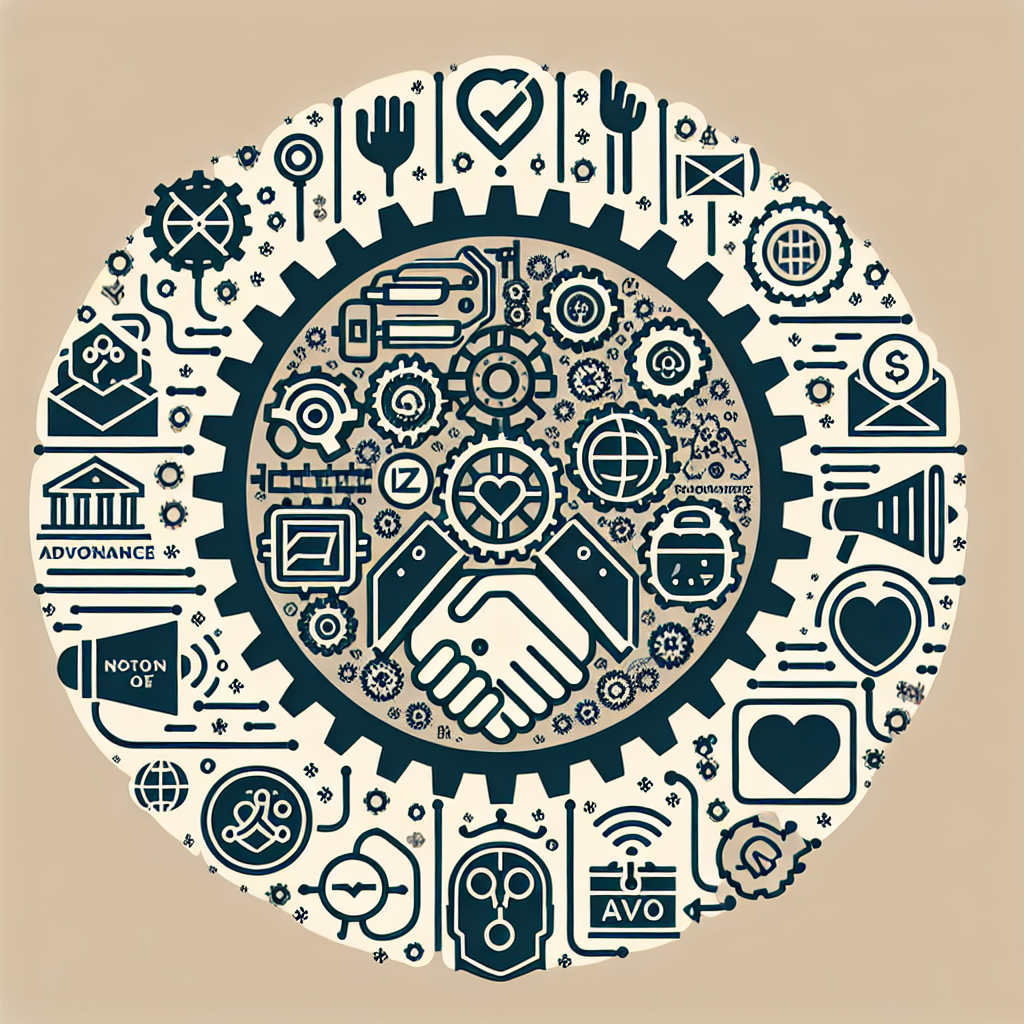The Role of AI in Enhancing Nonprofit Advocacy and Policy Change
In recent years, the nonprofit sector has seen a significant increase in the use of artificial intelligence (AI) to enhance advocacy efforts and drive policy change. AI has the potential to revolutionize the way nonprofits engage with stakeholders, analyze data, and identify key issues for advocacy. This technology can help nonprofits amplify their voices, reach more people, and make a greater impact on the issues they care about.
AI can be used in a variety of ways to enhance nonprofit advocacy and policy change. One of the key ways AI is being used is in data analysis. Nonprofits often collect vast amounts of data on their stakeholders, campaigns, and the issues they are working on. AI can help nonprofits analyze this data more effectively and efficiently, allowing them to identify trends, patterns, and insights that can inform their advocacy efforts.
For example, AI can help nonprofits track social media conversations to identify key influencers, sentiment around specific issues, and emerging trends. This information can help nonprofits tailor their messaging, target their advocacy efforts more effectively, and engage with stakeholders in a more strategic way.
AI can also be used to predict the impact of policy changes and advocacy campaigns. By analyzing historical data and trends, AI can help nonprofits understand how different policy options might impact their stakeholders and communities. This information can help nonprofits make more informed decisions about which advocacy strategies to pursue and how to best allocate their resources.
In addition to data analysis, AI can also be used to automate certain advocacy tasks, such as scheduling meetings, sending out emails, and tracking outreach efforts. This can help nonprofits save time and resources, allowing them to focus on more strategic advocacy activities.
Overall, AI has the potential to revolutionize the way nonprofits engage in advocacy and drive policy change. By leveraging the power of AI, nonprofits can reach more people, analyze data more effectively, and make a greater impact on the issues they care about.
FAQs:
Q: How can nonprofits get started with using AI for advocacy?
A: Nonprofits can start by identifying their advocacy goals and the data they need to achieve those goals. They can then explore AI tools and platforms that can help them analyze data, automate tasks, and track their advocacy efforts.
Q: What are some common challenges nonprofits face when using AI for advocacy?
A: Some common challenges include data privacy concerns, lack of technical expertise, and limited resources. Nonprofits can address these challenges by partnering with AI experts, investing in training for staff, and prioritizing data security.
Q: How can AI help nonprofits target their advocacy efforts more effectively?
A: AI can help nonprofits analyze data on their stakeholders, campaigns, and issues to identify key trends, patterns, and insights. This information can help nonprofits tailor their messaging, target key influencers, and engage with stakeholders in a more strategic way.
Q: What are some best practices for nonprofits using AI for advocacy?
A: Some best practices include setting clear goals, investing in staff training, prioritizing data security, and regularly evaluating the impact of AI on advocacy efforts. Nonprofits should also be transparent with stakeholders about how they are using AI and the potential implications for data privacy.
Q: How can AI help nonprofits predict the impact of policy changes?
A: AI can analyze historical data and trends to help nonprofits understand how different policy options might impact their stakeholders and communities. This information can help nonprofits make more informed decisions about which advocacy strategies to pursue and how to best allocate their resources.

